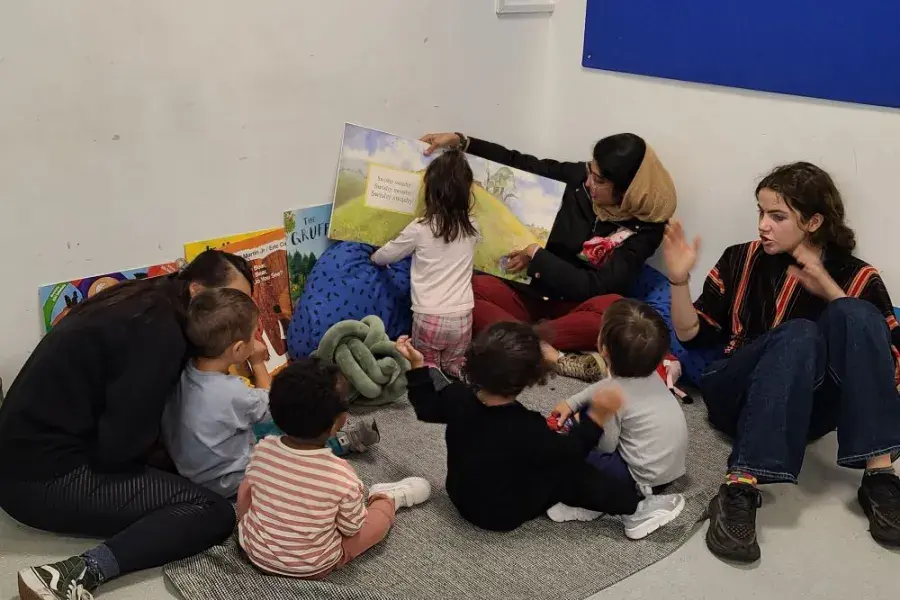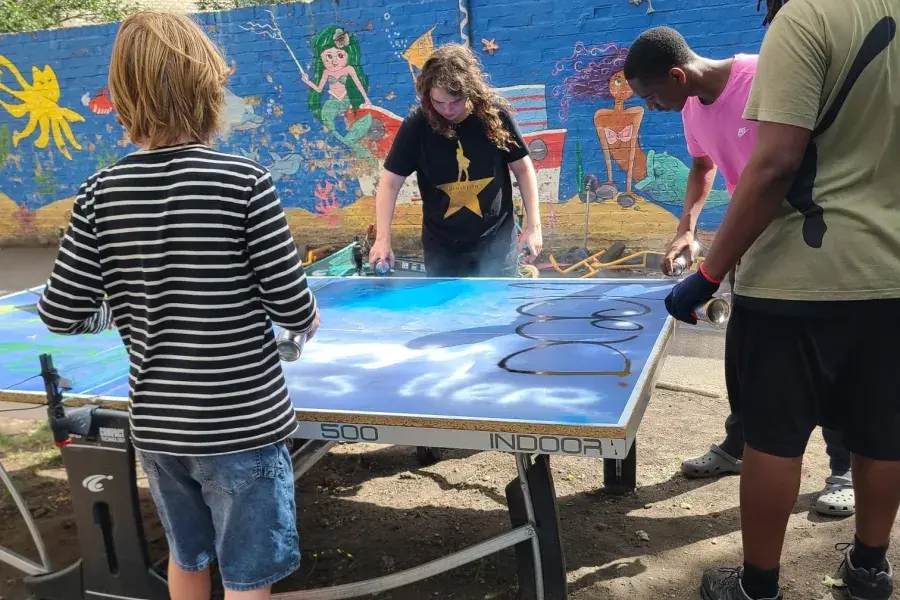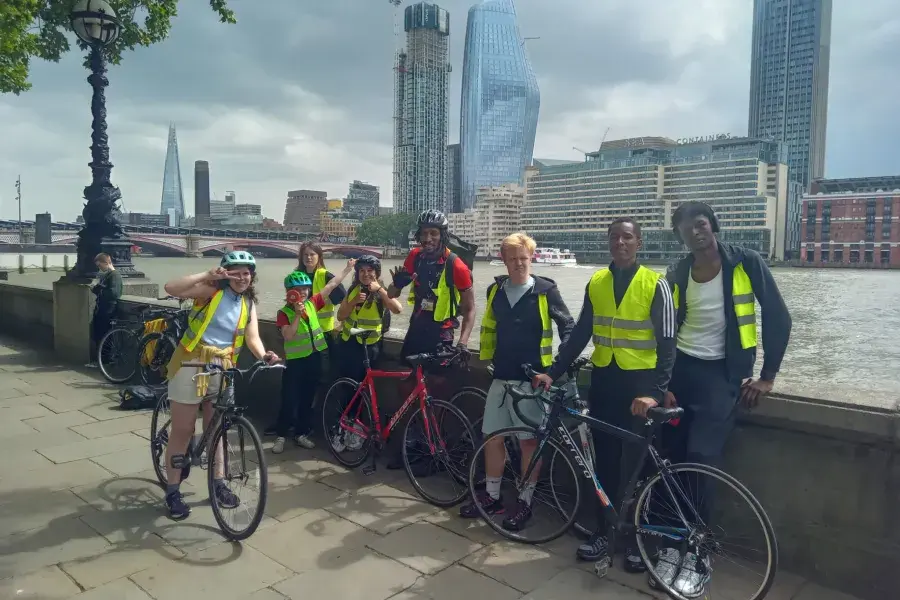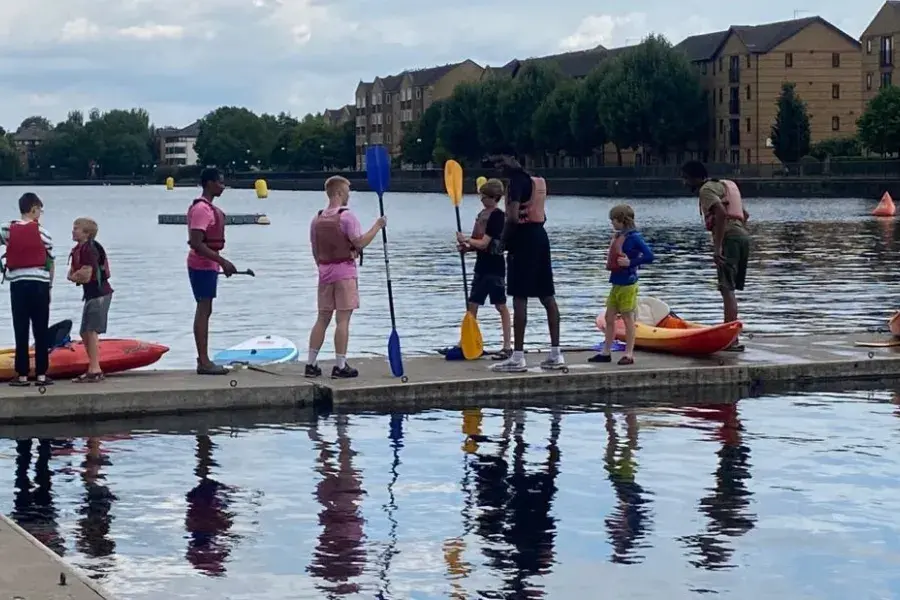How to Communicate More Effectively when there is a Neurodiversity: Our New Limited Series
We are excited to bring you something new! Each month, we’ll be diving into How to Communicate More Effectively When There’s a Neurodiversity, with fresh articles exploring communication from different perspectives. This follows the success of our limited series on Resources to Support with Emotional Regulation.
What do we mean by communication?
Let’s start by aligning on what we mean by communication.
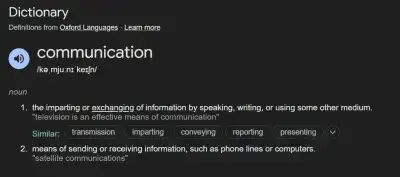
This dictionary definition might feel straightforward, but what we want to draw your attention to is that ‘the imparting or exchanging of information’ is not limited to speaking and writing but encompasses ‘using some other medium’.
Beyond Verbal Communication
As Jamie Knight says in the book ‘Autism’ by Jessie Hewitson, "Communication is important (as the ability to express decisions is fundamental to autonomy!) but speech is just one of many ways to communicate."
So when we talk about communication, we won’t just be focusing on speech and verbal communication. We will be thinking more broadly about ways of communicating, and covering a range of forms of communication, including the use of writing, music, visuals and signs.
While neurodivergent individuals often communicate differently from those who are neurotypical, communication styles can vary widely and there is no one-size-fits-all approach. In recent outings with My Tribe Teens and Nexus Tribe, for example, we have seen first-hand the power of music and art to help our young people find a way to reach those emotions they feel so deeply and express them.
Communication is Key
Effective communication is critical for building close relationships. For parents or carers with neurodivergent children who have little or no language, or who are hitting spoken language milestones later than their peers, it can feel challenging to develop intimacy. And when speech lags behind understanding, children can feel frustrated and excluded as they are unable to express themselves, their wants and needs.
Meeting in the Middle
Communication is a two-way street. The goal isn’t to place the burden on the neurodivergent individual to adapt. Instead, we want to explore how parents and carers can meet their children halfway by finding new ways to connect. We’ll share strategies, tips, and real-life examples of what’s worked for other families – because when both sides make an effort, the journey to understanding becomes much easier.
What to Expect from this Series
We will be bringing you an exciting line-up of future instalments that will explore effective ways to communicate and alternative communication strategies. We will be featuring Makaton symbols and signs, discussing the role of Speech and Language Therapy (SLT), and sharing resources developed by organisations such as the National Literacy Trust. Throughout, we will be weaving in the perspective of parents and carers who have tried-and-tested, lived experience of using these resources and strategies.
As we continue this series, we’d love to hear experiences from our wider community, whether they are challenges you’ve faced or strategies you have used to overcome those challenges. Please get in touch and send any suggestions to [email protected]
This is just the beginning, and we want you to be part of it!

